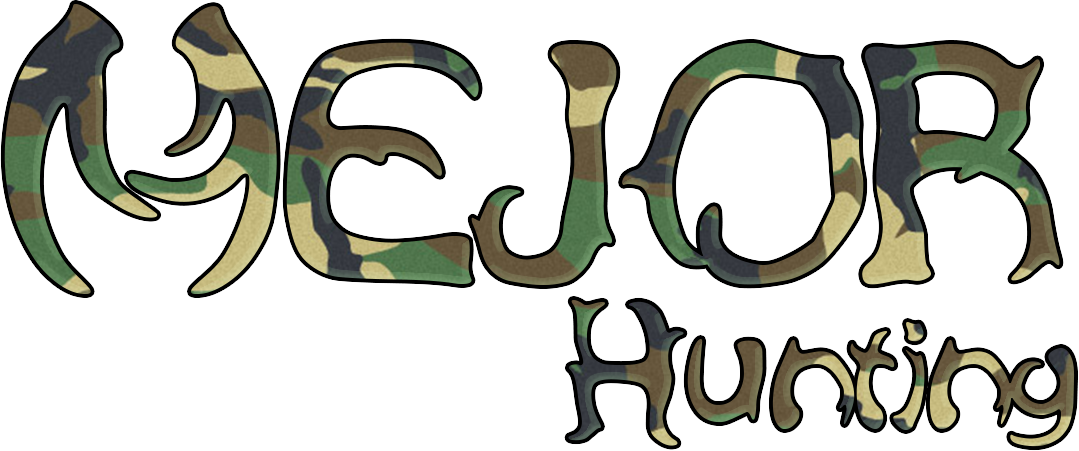History of Epperson's in Edwards County
HOG KILLING
The fall of the year “cowboys” became “hogboys.” Several ranchers in the area had hogs that were ear marked with their mark but ran the range. At first frost the men would saddle up , get the hog dogs and “round them up.” Leo Greer always said – to make a good cowboy, let him work hogs awhile: he’ll either have the patience to make a good cowboy or quit. The dogs trailed up the hogs and held them at bay in a thicket. The pigs were marked according to the sow’s mark and let go, then the meat hogs were driven or hauled to the ranch. This was no small feat as the hogs can be quite dangerous, with tusks up to five inches long. James Leo Greer, Jr. can attest to this as he got a gnash up the back of his leg when he didn’t judge one quite right. Driving a hog can take as much as 12 hours to drive 6 miles. The hogs were then penned and fed grain until the first good norther. The saying was that they had to be killed before Christmas or the meat would not keep.
On “hog killing day” a fire was built and new rocks were put on the fire to be heated. A large barrel was sunk into the ground at an angle and was filled with hot water. The hog was killed and put in the barrel to scald, then it was lifted to a table and scraped. As each hog was put into the barrel the hot rocks were added to the water to reheat it The hogs scraped better after the rocks were added as the lime from the rocks seemed to help.
After scraping, the hogs were “gambled” (a gambling pole was made from green oak, run through the hamstring, and hung up) and gutted. Usually about 30 hogs were killed in a morning.
After lunch the hogs were cut up into hams, shoulders, bacon, etc. The fat was cut into pieces (about two #3 or #4 washtubs full) to be rendered into lard. It was cooked in a cast iron pot 4/5 full of fat with 2 or 3 gallons of water added. The fat had to be stirred frequently to keep from sticking. As it cooked, the water evaporated, leaving the oil rendered out of the pieces. You knew it was done when the “cracklings” or fat pieces were floating on top. Next the oil had to be strained into 25 pound lard cans through a cloth in a lard press. As the press was screwed down, the oil was squeezed out, leaving a cake of cracklings. The lard was cooled and stored in the cellar.
Meanwhile, the ham, shoulders and bacon were salted down and put on top o fthe smokehouse to chill out overnight. It if rained or snowed in the night, you had to get up and put the meat inside (Keep in mind this was always the coldest night of the year).
The night the trimmings also had to be ground into sausage meat by a hand turned grinder. The sausage was mixed with seasonings and put out to chill overnight.
The next morning the meat was salted down into a large bin – a layer of meat, a layer of salt, meat, salt, etc., starting with the hams and ending up with the bacon. There were left in the bin for 36-72 hours, depending on the weather. Then the meat and sausage were hung up in the smokehouse. Coals from mesquite or oak were brought and the meat was smoked for 48 hours.
This all sounds like lots of work, and it was, but when it came time to eat, it was all worth it!



